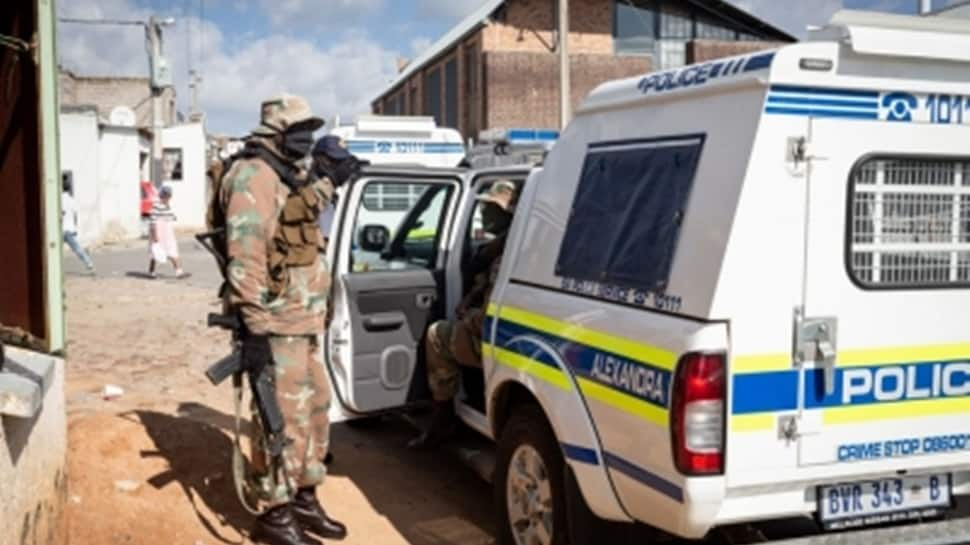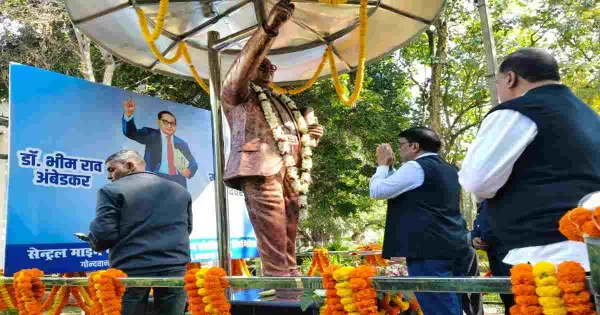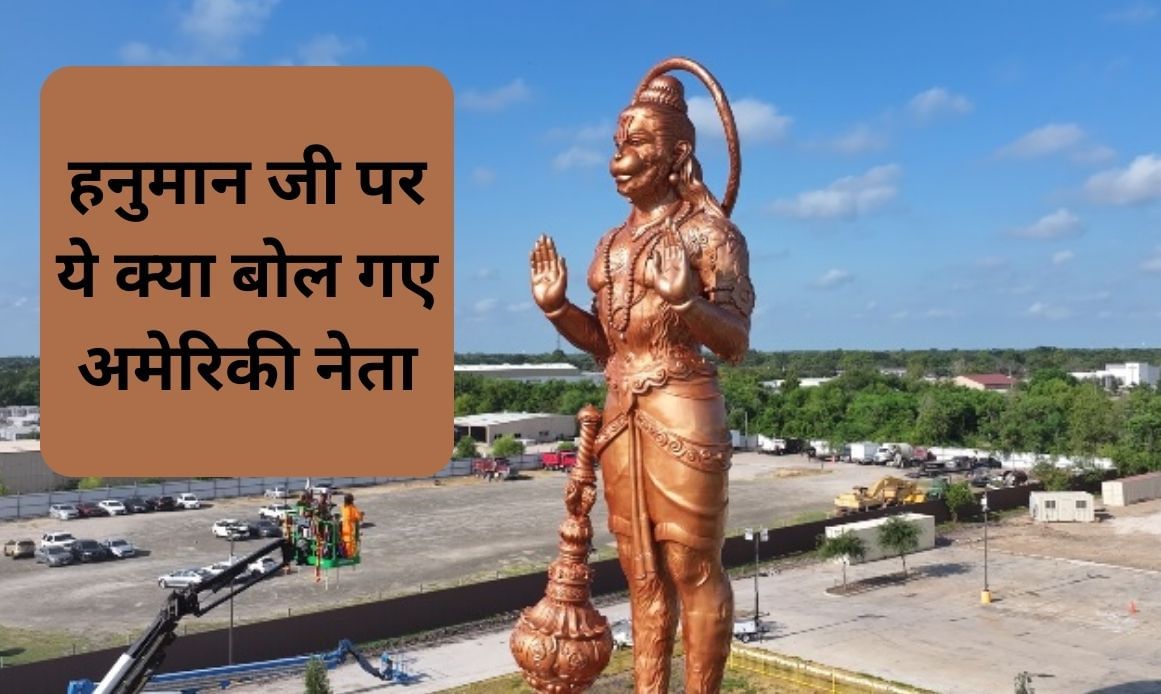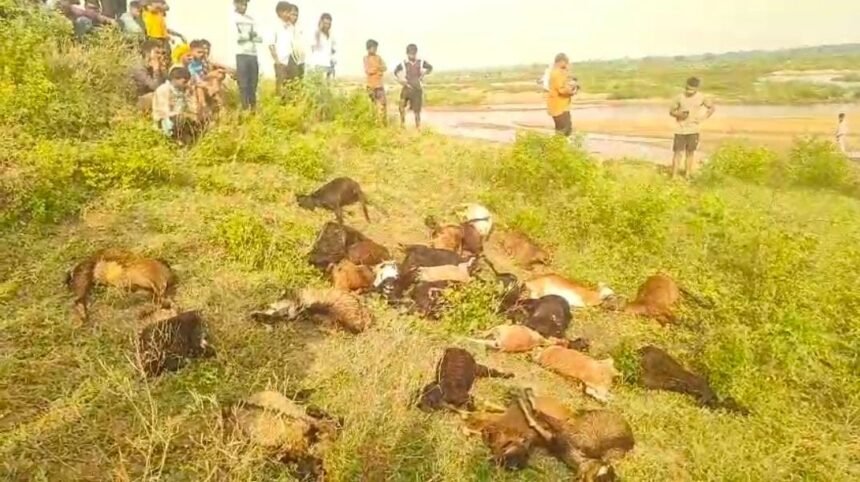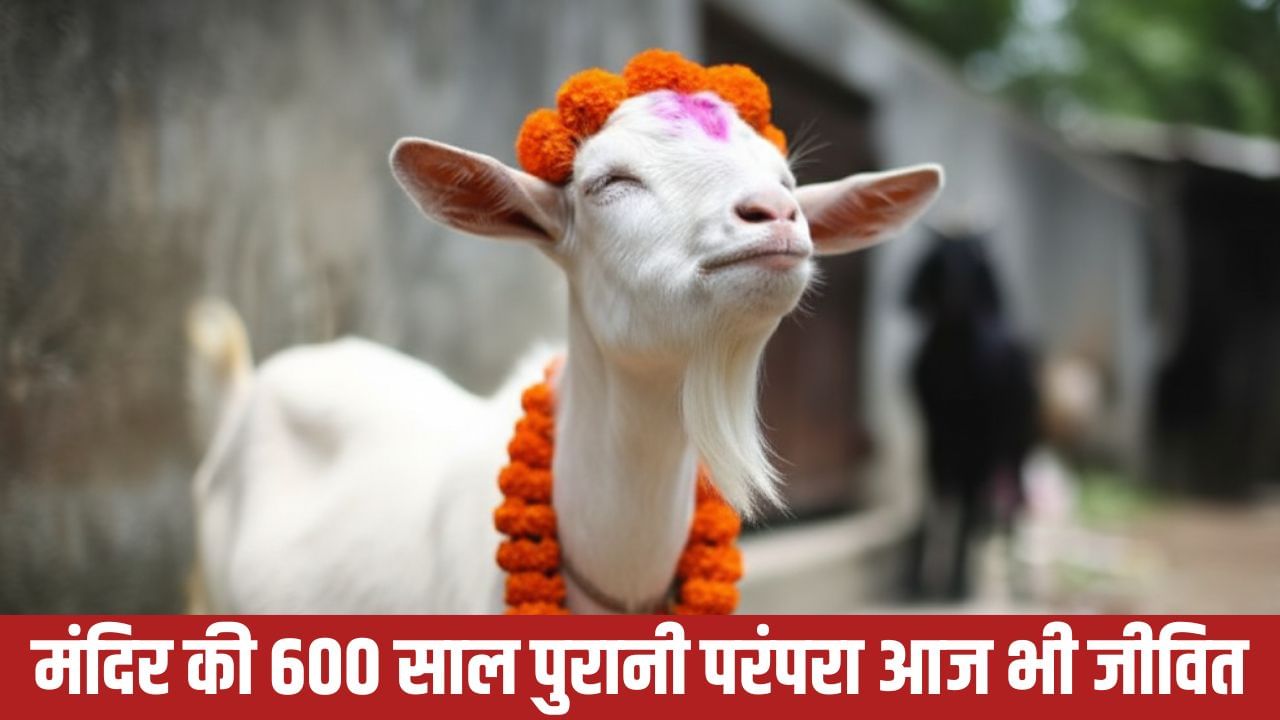Subscribe to Updates
Get the latest creative news from FooBar about art, design and business.
Browsing: CNG
Following the implementation of GST 2.0, Tata Motors has announced price cuts across its entire ICE product lineup. Customers will benefit from…
Maruti Suzuki has launched a new SUV, the Victoris, to rival the Hyundai Creta in the market. The SUV was unveiled a…
Nissan Motor India has announced significant price cuts for its Magnite range. The sub-4 meter SUV benefits from reduced GST rates, effective…
Nissan Motor India has announced significant price reductions across its Magnite range. The price adjustments come as a result of reduced GST…
The Maruti Suzuki Victoris marks a significant leap forward for the brand, introducing seven features never before seen in a Maruti vehicle.…
Maruti Suzuki is preparing to introduce a new SUV in the Indian market, with the launch slated for September 3rd. This new…
Renault Kiger Facelift Set to Challenge Brezza and Venue, Launching August 24th with CNG Option
Renault India has released a teaser for the updated Kiger SUV facelift, confirming the launch of the sub-compact SUV on August 24th.…
Renault Kiger Facelift Set to Challenge Brezza and Venue with August Launch and CNG Option
Renault India has released a teaser for the updated Kiger SUV facelift, confirming the launch of the sub-compact SUV on August 24th.…
The Renault Duster is poised to make a comeback to the market, positioning itself as a major competitor to the Hyundai Creta.…
Maruti Suzuki is a leading car seller in the Indian market, and the Baleno continues to dominate the premium hatchback segment. Demand…
The Renault Duster, a key model in Renault’s refresh of its lineup, is expected to launch in early 2026, with production commencing…
The Suzuki Grand Vitara S-CNG has made a comeback after a brief hiatus, with updated pricing for the 2025 model. The base…
